Big moustaches, big smiles, loads of white lace and an awful lot of black fabric dominate the National Gallery’s winter blockbuster exhibition devoted to Frans Hals.
Frans Hals was a Dutch painter who specialised in portraits and is considered to be an important contributor to the evolution of 17th-century group portraiture. His skills are in his often loose brushwork and how he often presented his subjects, focusing very much on their character rather than their grandeur.
His focus on the face is probably helped by the Puritan wave sweeping Europe at the time, which is why so many people wear black clothing. It would almost make the exhibition feel like a convocation of funeral directors if it wasn’t for the smiles, lots of smiles, because Frans Halls was good at faces.
Whether it’s the confident gaze of a military officer, the playfulness of a young child or the worn faces of the elderly, Hans had a gift for individual expressions.
Van Gogh claimed that Fans Hals knew at least 27 different shades of black, so prevalent is the colour in his work, but that only adds to the depths of his paintings.
Two of Hals earliest paintings are in the exhibition, when he was in his late twenties. What came before that led to these two accomplished portraits is unknown though. His training is a mystery.
The most famous face is here — The Laughing Caviler, which is usually on display up the road at the Wallace Collection, and has never left the Wallace since that gallery opened in 1900, but here is also matched with two complimentary paintings that show some of the evolution of Hals painting style.
A pair of paintings made in around 1635 have come back together for the first time since the 19th century, showing the husband holding a rose while his wife seems uptight, but her hand gesture shows her love for him.
As much as Frans Hals is lauded for his faces, he was a master of painting lace, with exceptional, almost technically cold detail that sits in contrast to the more expressive faces.
One of the most striking portraits is early in the show, and it shows a richly clothed todler sitting with her nurse. It’s not just technically brilliant but also unusual to show a “family” portrait with the nurse rather than the mother. No one knows why that was done, but that it was done shows Hals willingness to push at the age-old traditions of portraiture and naturally, a client who agreed.
Although most of the rooms are filled with dark clothing, one room explodes in colour, with a collection of portraits of people far from the rich merchants elsewhere. Here’s Hals most expressive collection of people who are rarely captured in portraits other than as background figures in larger compositions.
There is a slight discomfort, though in the suggestion that some of the subjects were people that we would today say have learning disabilities, and was Hals painting them as fools in order to capture their childish attitudes. He also painted women who were likely prostitutes, capturing poverty in paint.
When you see the painting of a young man holding a skull that makes you think of Hamlet, read the caption. This is very much an exhibition that rewards reading the captions more than most.
Hals was also a painter on many scales, from small portraits to giant groups, and the exhibition has managed to bring The Banquet of the Officers of St George Civic Guard, which has left its Dutch home for the first time since it was painted some 400 years ago.
As an exhibition, they’ve managed to bring together a broad range of Frans Hals works, many of which have never been seen in the UK before, or indeed ever left their usual homes.
It’s a chance to see one of the foremost portrait artists of his time and maybe even buy some of that classic lace as you leave.
The exhibition, Frans Hals is at the National Gallery until 21st January 2024.
Adults: £20 | Concessions: £18 | Children & Members: Free
There is also a “pay what you want” offer on Fridays between 5.30pm and 9pm, where you can pay anything from £1 upwards.
You can book tickets from here.
Exhibition Rating
National Gallery
Trafalgar Square, London
WC2N 5DN

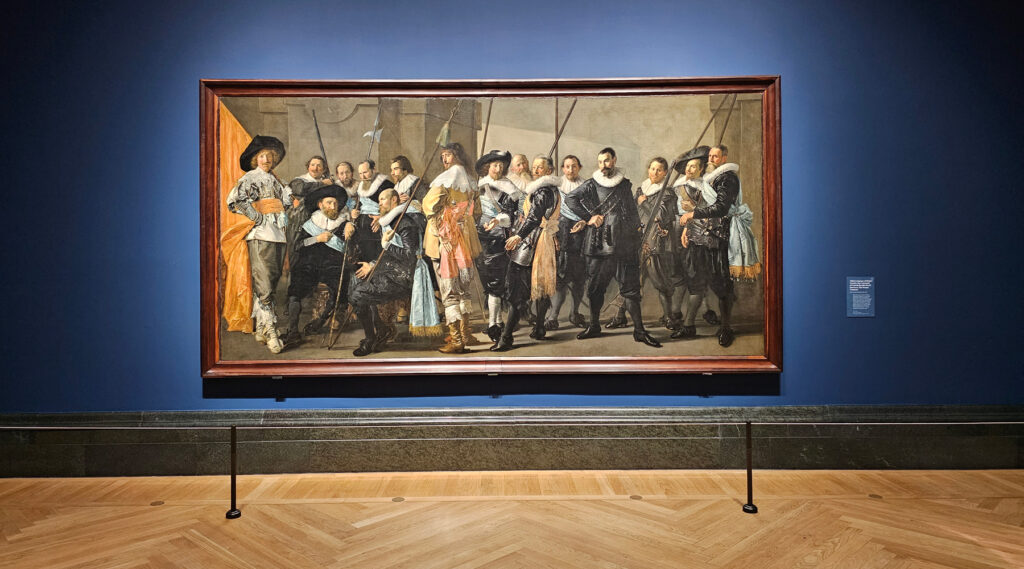
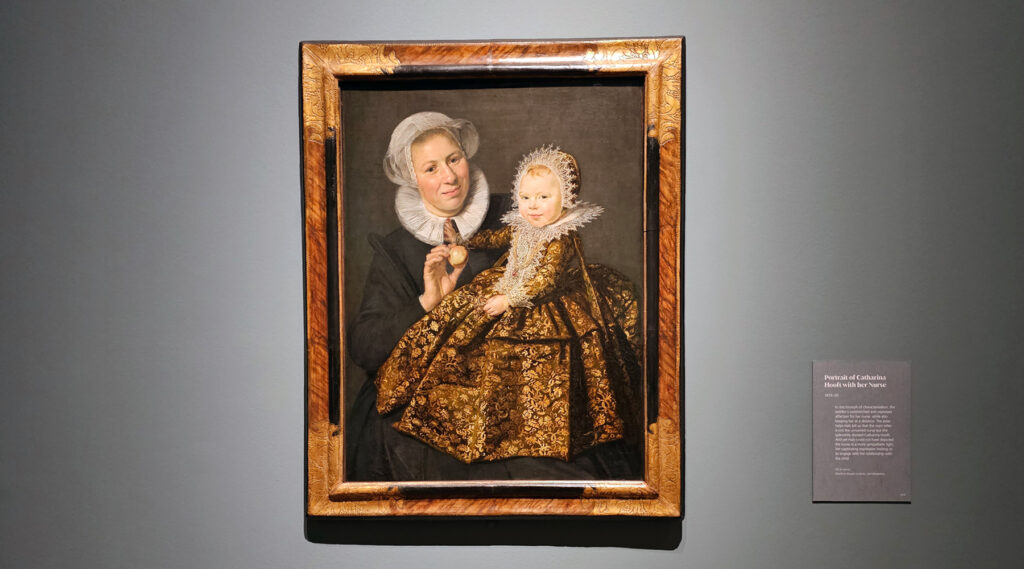
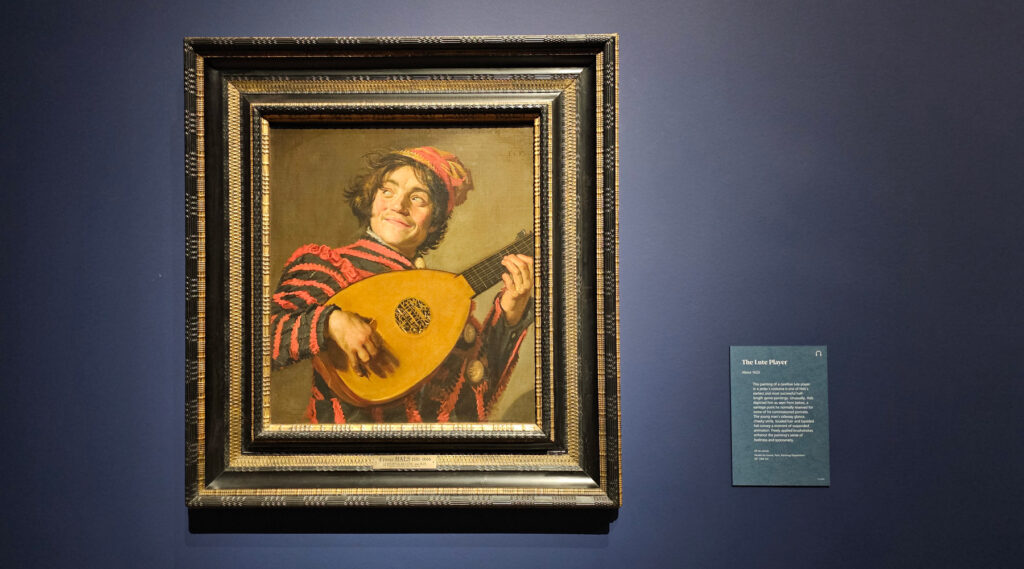
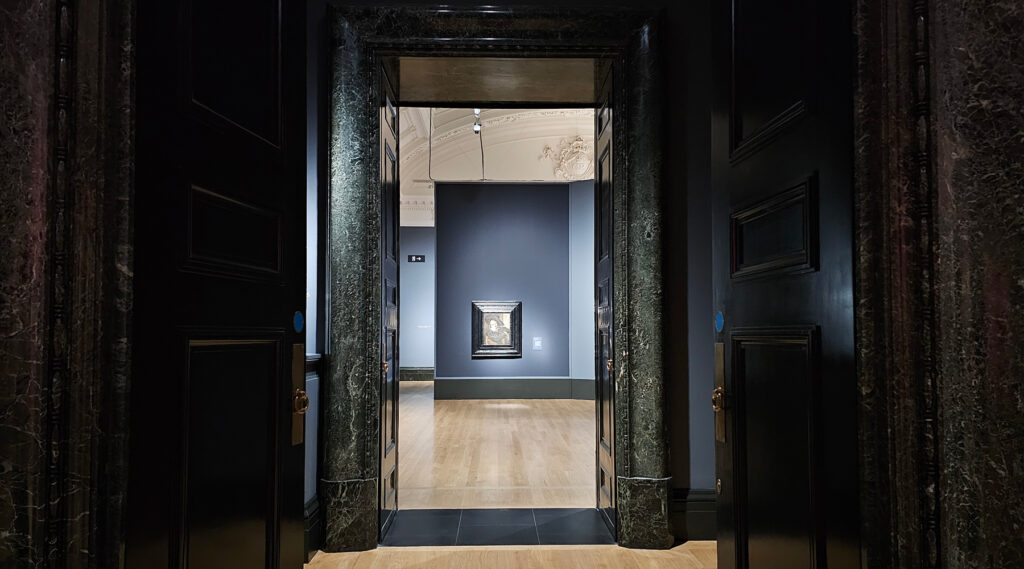
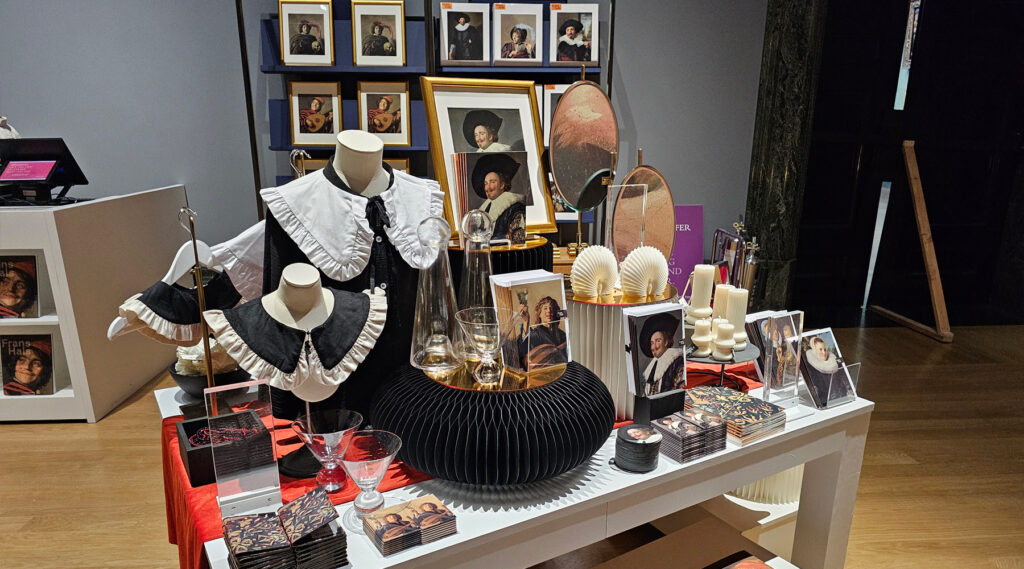
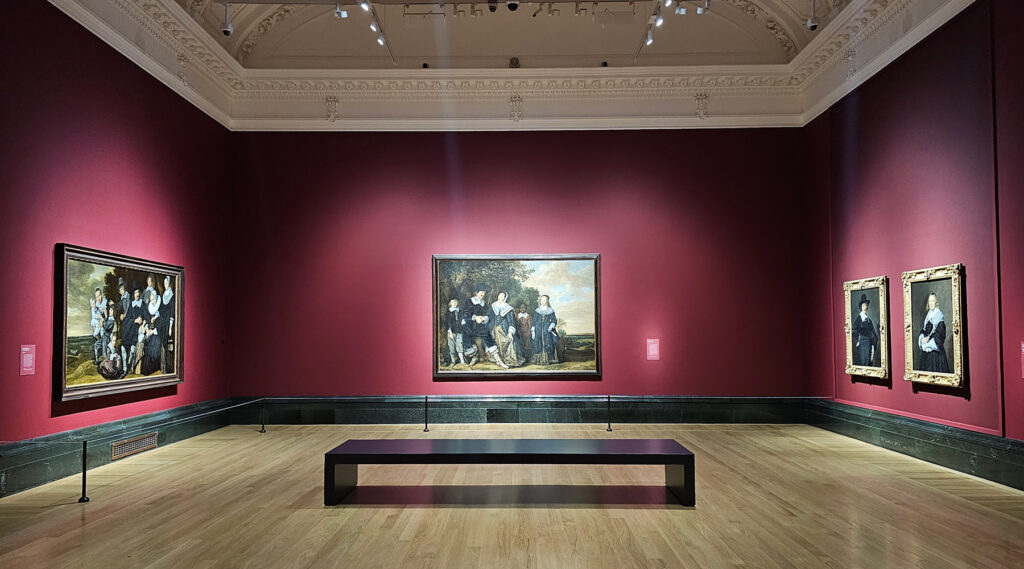






Two stars seems a little harsh. I really enjoyed it, although would have liked more background information about some of the sitters, a offering that gave so much more life to the portraits at the similar exhibition at the Wallace two years ago.
A glitch – meant to be 4 stars.
For the international traveller this exhibition will also be shown in
Amsterdam – Rijksmuseum – Feb – June 2024
Berlin – Gemäldegalerie – July – November 2024 at the Gemäldegalerie